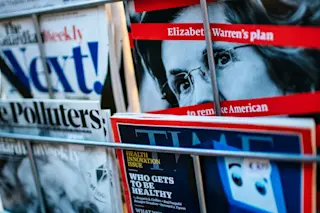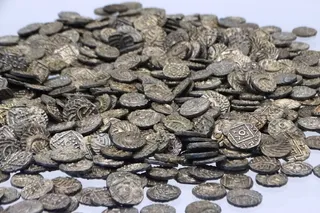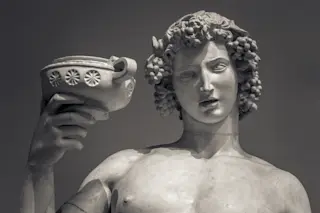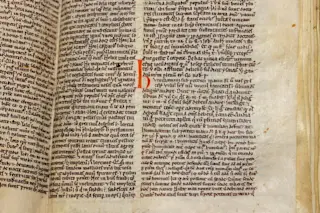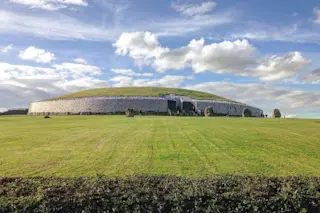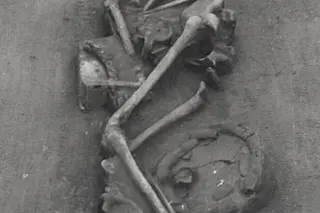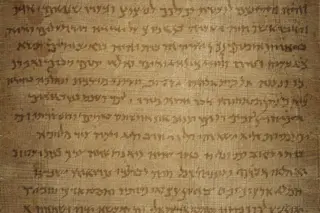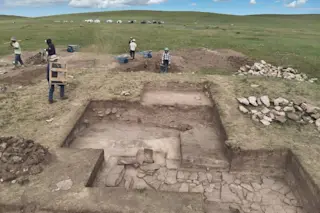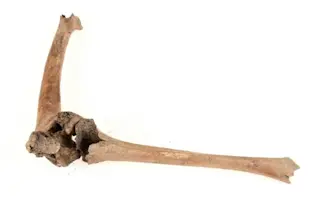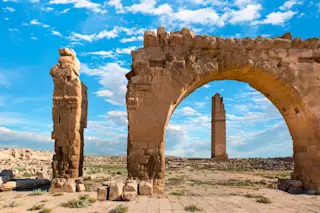Citizen Science Salon is a partnership between Discover and SciStarter.org.
In an era of social media bots, deepfakes and “alternative facts,” reliable news is more important than ever. Now, a citizen science project called Public Editor is asking volunteers to help suss out credible news through online analysis. With guidance and support, Public Editor volunteers evaluate sections of news articles for “reasoning errors” and other issues.
The project takes its name from the public editor role at news publications, which is usually responsible for supervising an outlet’s journalistic ethics and, at times, acting as a liaison to the public. Public Editor has adopted aspects of this traditional post and digitized them with the help of citizen science and artificial intelligence.
“The most rewarding aspect of this work is hearing from volunteers who so appreciate being empowered to confront this massive and growing problem of misinformation,” says Public Editor’s co-director, Nick ...


